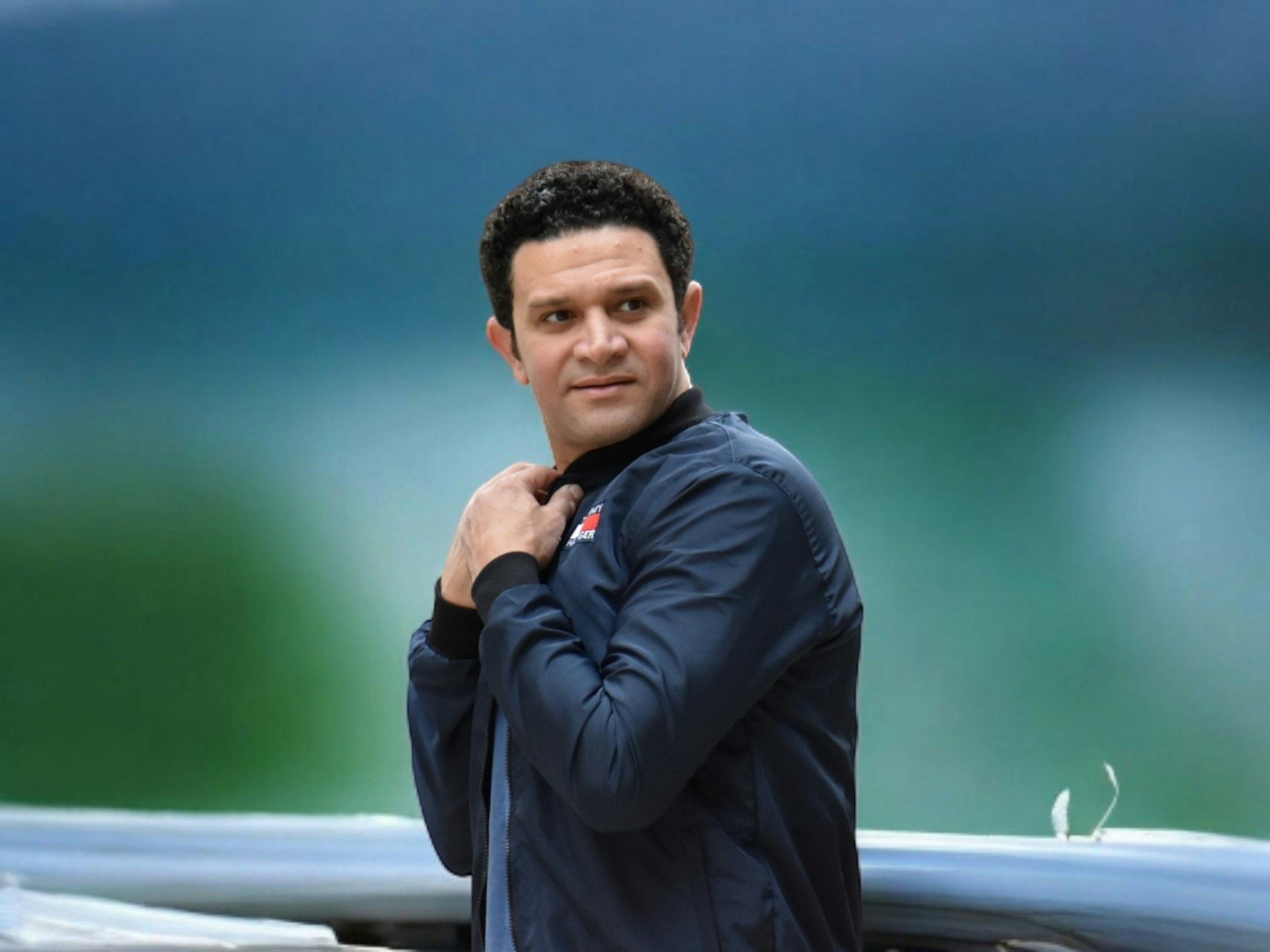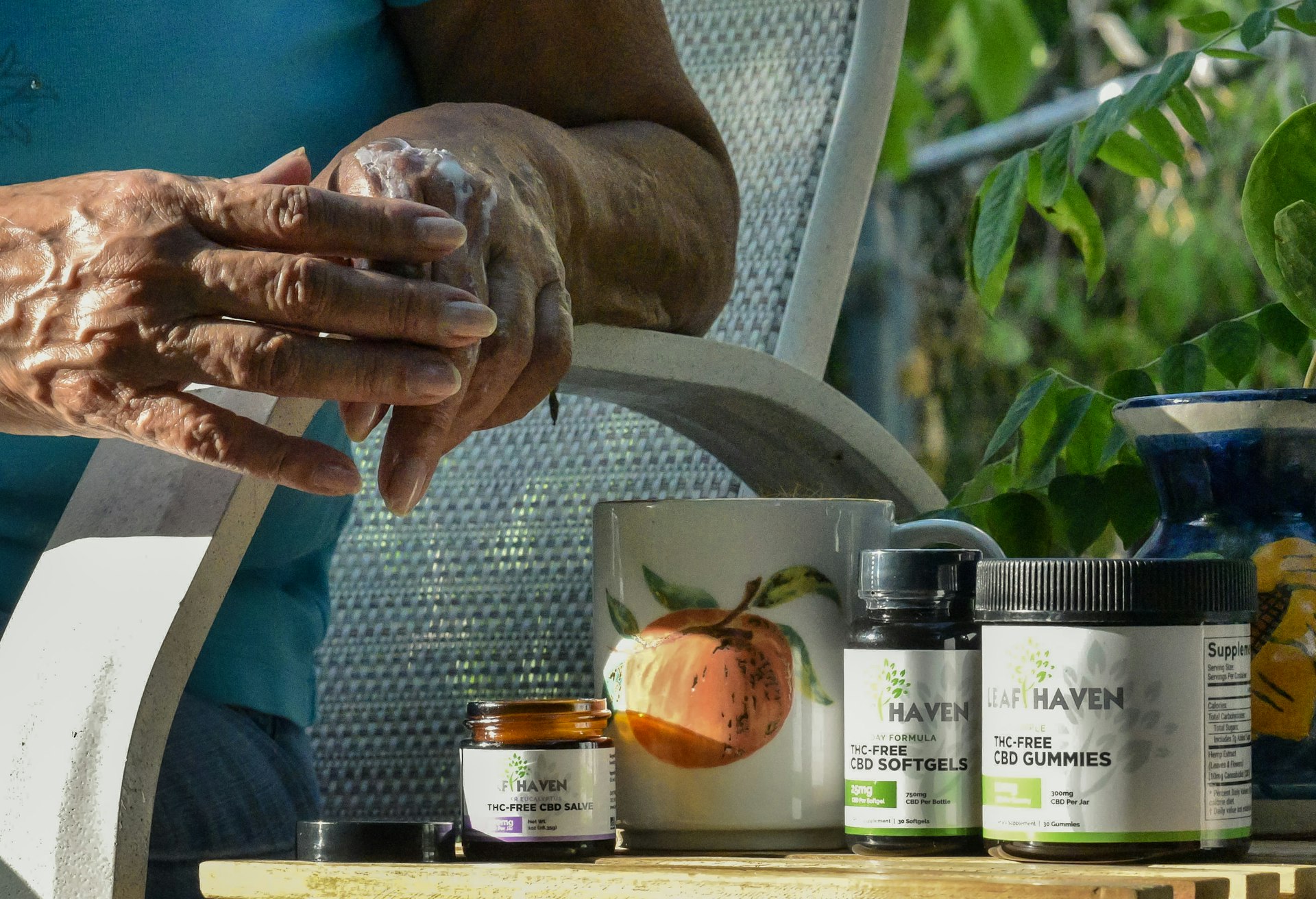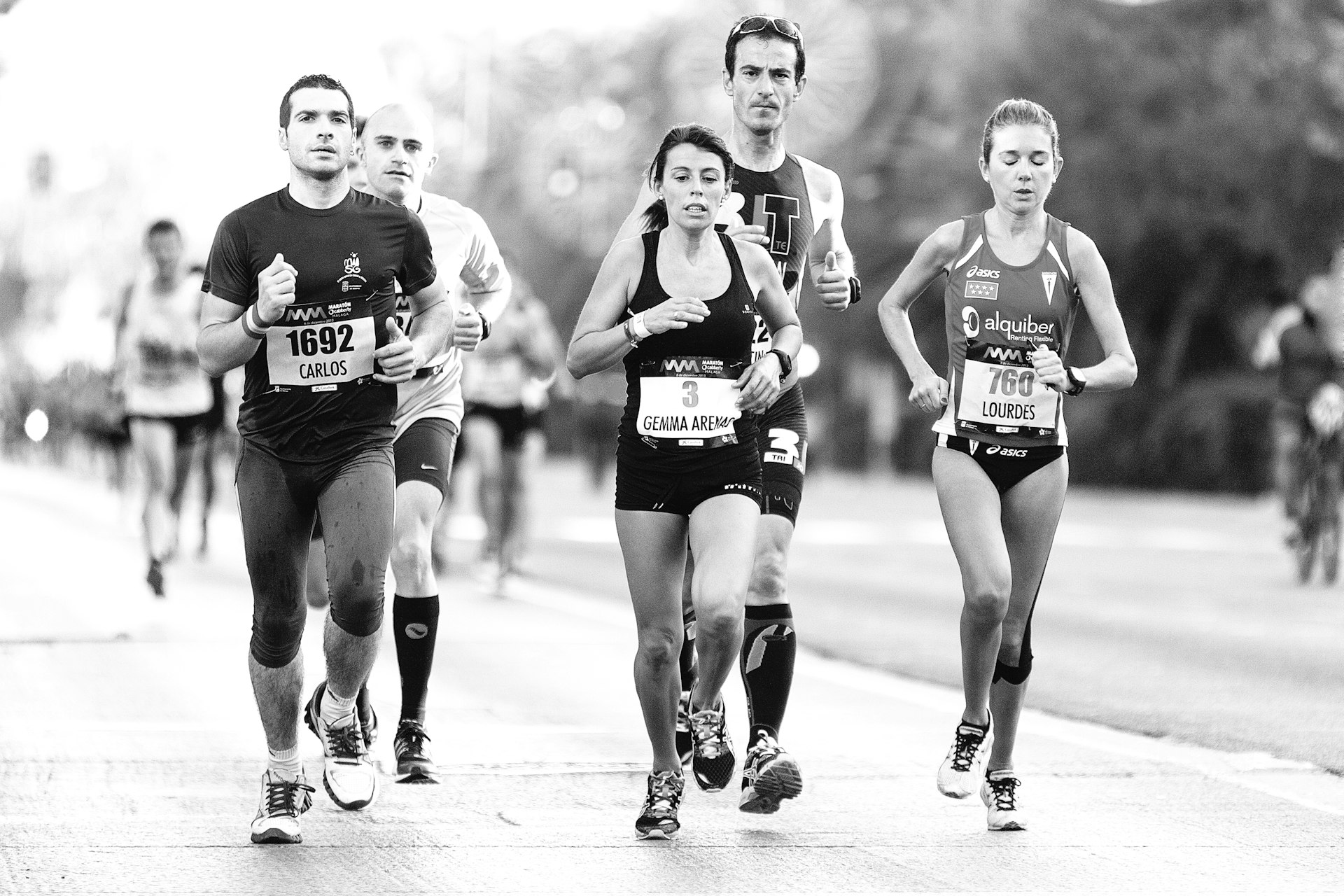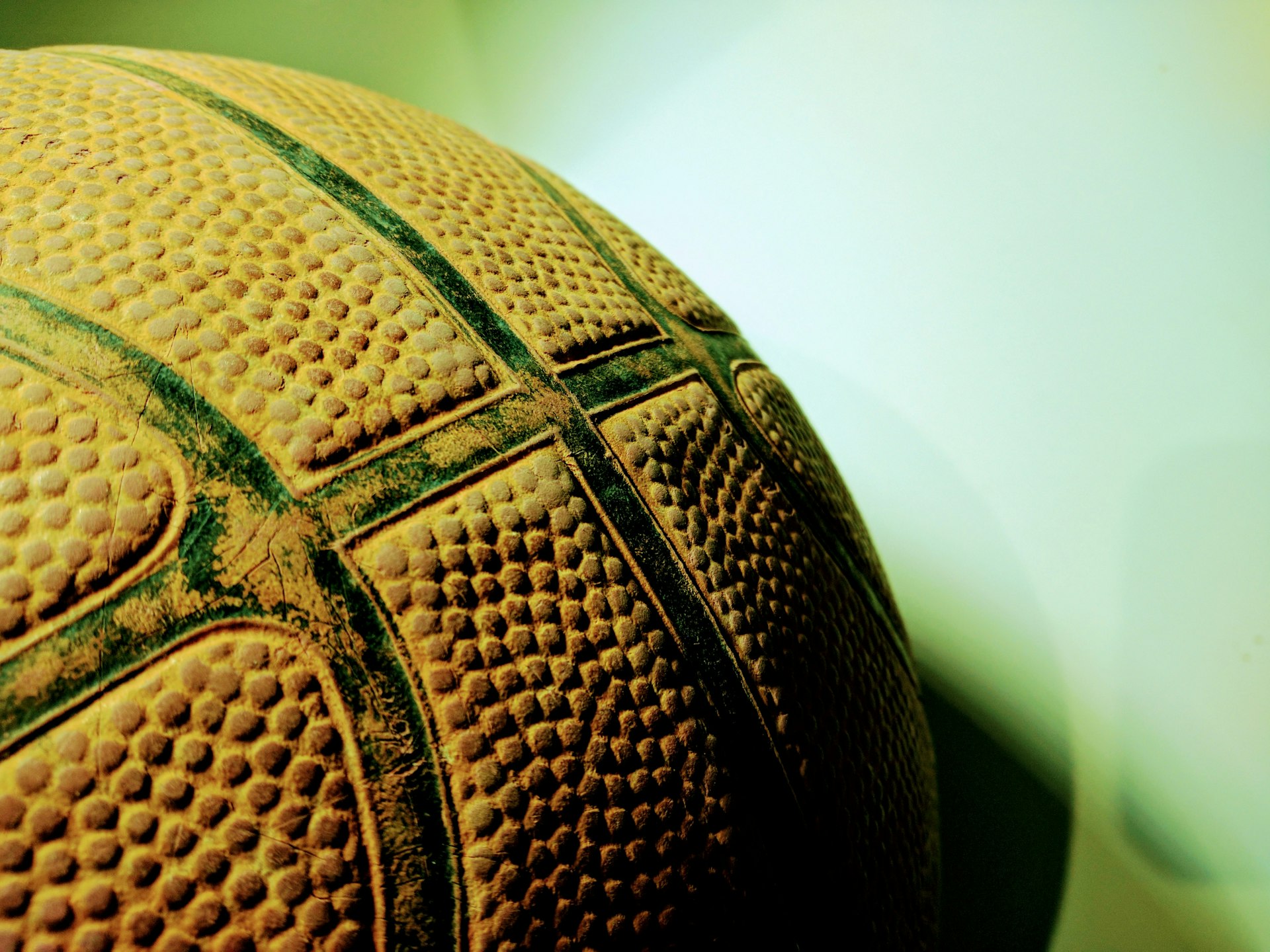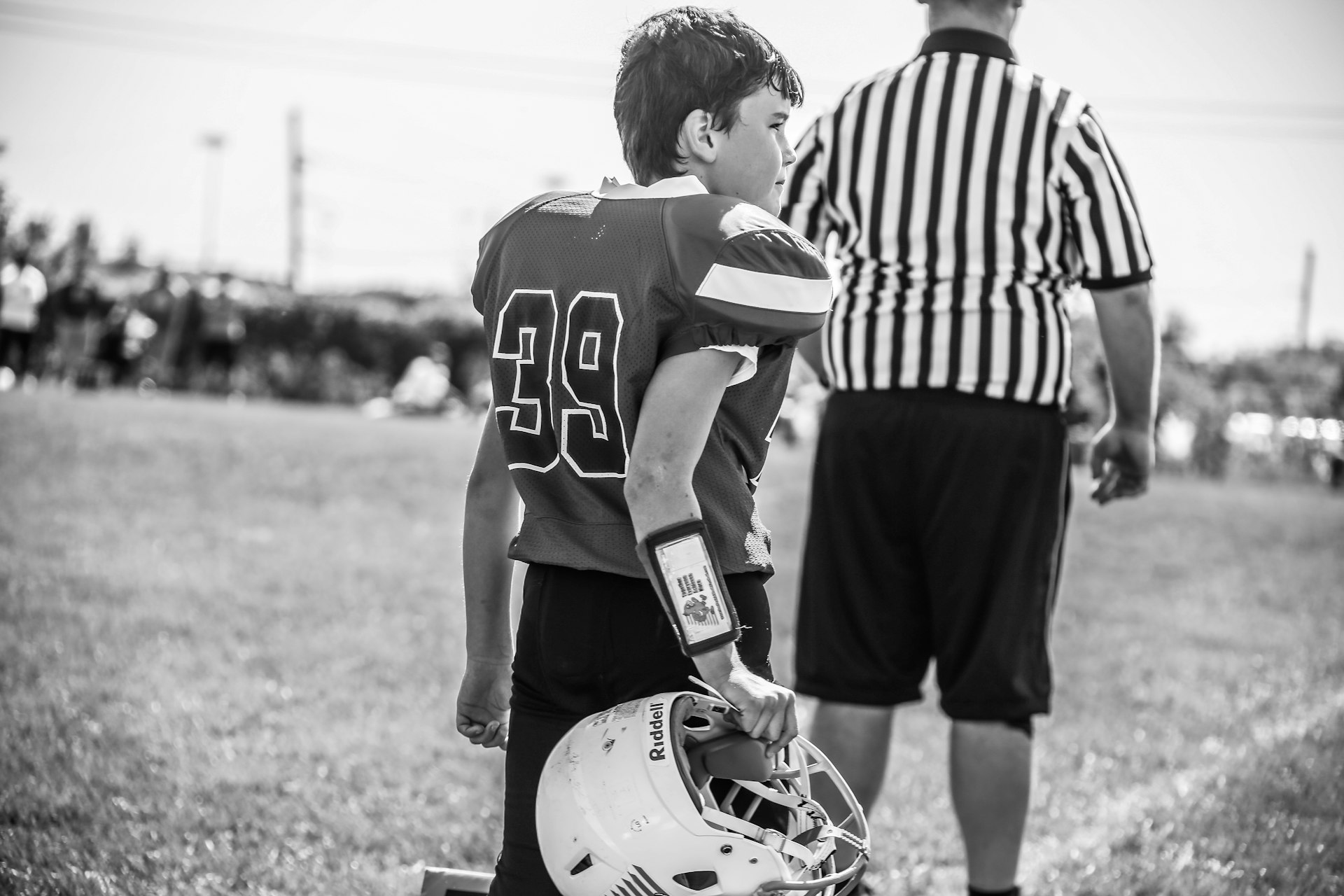How Wearable Sensors are Transforming Injury Detection and Prevention

Photo by Julius Toltesi on Unsplash
Introduction: Revolutionizing Injury Detection with Wearable Sensors
Technological advances in health monitoring have made wearable sensors a cornerstone of modern injury detection and prevention. These compact, often unobtrusive devices can be worn on various body parts or integrated into clothing, providing continuous, real-time data on movement, physiological parameters, and external environmental factors. As a result, healthcare professionals, athletes, and patients benefit from improved safety, earlier intervention, and tailored rehabilitation strategies. [4]
Understanding How Wearable Sensors Work
Wearable sensors use a range of technologies to collect data relevant to injury detection:
- Accelerometers and gyroscopes measure movement patterns, falls, impacts, and gait abnormalities.
- Pressure sensors embedded in insoles or garments detect abnormal force distributions that may signal risk of injury. [1]
- Heart rate and temperature sensors monitor physiological stress and fatigue, which can contribute to overuse injuries.
- Advanced textile sensors can be woven into clothing for seamless, continuous monitoring. [3]
These sensors transmit data wirelessly to mobile devices or cloud-based platforms, where specialized algorithms analyze the information for injury risk or early signs of musculoskeletal problems. [2]
Benefits of Wearable Sensors in Injury Detection
The integration of wearable sensors into injury management programs offers several clear advantages:
- Early Detection: By continuously monitoring biomechanical and physiological data, sensors can flag subtle changes indicative of impending injury-often before symptoms develop. [4]
- Personalized Risk Assessment: Algorithms process sensor data to provide individualized risk profiles, which can inform customized prevention and rehabilitation strategies. [2]
- Enhanced Rehabilitation: Real-time feedback allows patients and clinicians to monitor rehabilitation progress, adjust therapeutic exercises, and reduce the risk of re-injury. [3]
- Improved Athletic Performance: Professional sports teams use wearable sensors to optimize training loads and reduce the incidence of soft tissue injuries, as demonstrated in longitudinal studies of football and basketball athletes. [4]
Real-World Examples and Case Studies
Several case studies illustrate the practical application and benefits of wearable sensor systems:
In one study, a combination of 3D accelerometers and barometers worn as pendants helped researchers correlate gait variability with risk factors such as age, medication use, and muscle strength, providing a nuanced understanding of fall risks in older adults. [1]
Another application involved textile-based pressure sensors in shoe soles, which enabled real-time foot pressure mapping during gait. This technology helped detect abnormal patterns linked to diabetic foot ulcers, demonstrating preventive potential. [3]
Professional sports teams have also adopted systems such as the Catapult OptimEye S5 sensor, which tracks workload and movement profiles to reduce soft tissue injury risk and inform return-to-play decisions. [4]
Implementation: How to Access and Use Wearable Sensors
Adopting wearable sensor technology for injury detection involves several key steps:

Photo by Elizabeth Woolner on Unsplash
- Identify Your Needs: Determine the specific application-fall detection for elderly care, sports injury prevention, or rehabilitation monitoring. This will guide device selection.
- Research Reputable Providers: Look for established brands and university-backed projects. For medical applications, consult your healthcare provider or physical therapist for device recommendations.
- Integration with Professional Care: Work with clinicians or athletic trainers to ensure the data from wearable sensors is correctly interpreted and used to inform care decisions. [2]
- Data Management and Privacy: Understand how your data will be stored and used. For sensitive health information, ensure compliance with privacy standards such as HIPAA in the U.S.
- Training and Support: Many devices come with user manuals and training resources. Reach out to device manufacturers for technical support or troubleshooting as needed.
If you are seeking a device for a specific condition (such as fall risk in older adults or post-injury rehabilitation), you can:
- Consult your primary care physician, physical therapist, or a sports medicine specialist.
- Search for “wearable sensor injury detection” in academic medical center websites or technology review platforms.
- Contact major hospitals or rehabilitation centers, many of which have technology adoption programs or can provide referrals.
Challenges and Limitations
While wearable sensor technology offers substantial promise, there are challenges to consider:
- Data Accuracy: Not all sensors are equally reliable. Device calibration, proper placement, and algorithm quality affect accuracy. [4]
- User Compliance: Consistent use is crucial for effective injury monitoring. Devices that are uncomfortable or difficult to use may be abandoned.
- Data Overload: Processing large volumes of sensor data requires robust software and expertise to extract actionable insights. [2]
- Cost and Accessibility: Advanced sensors and integrated systems may be expensive or not covered by insurance. Low-cost alternatives are emerging, but may not offer the same accuracy or integration.
To address these limitations, it is recommended to:
- Work with healthcare professionals to select devices validated in clinical studies.
- Participate in training sessions or ask for device demonstrations before purchase.
- Ensure ongoing technical support and regular device maintenance.
Alternatives and Complementary Approaches
While wearable sensors are powerful, they can be complemented by:
- Traditional clinical assessments: Periodic in-person evaluations remain critical for comprehensive injury management.
- Mobile health applications: Some smartphone apps offer basic movement tracking or reminders that may suit those not ready for full wearable systems.
- Telehealth consultations: Remote check-ins with therapists or trainers can help interpret sensor data and adjust care plans.
Key Takeaways and Next Steps
Wearable sensors are reshaping the landscape of injury detection. By enabling early intervention, supporting customized care, and offering real-time feedback, they empower individuals and professionals to reduce injury risks and improve outcomes. To get started, consult your healthcare provider, research devices suited to your needs, and ensure integration with professional oversight for the best results. [4] For the most up-to-date device options and research, search for “wearable injury detection devices” on reputable hospital or academic medical center websites, or ask your specialist for recommendations.
References
- [1] Frontiers in Digital Health (2022). Wearable Sensor Systems for Fall Risk Assessment.
- [2] Sensors (Basel) (2022). The Use of Wearable Sensors for Preventing, Assessing, and Informing Recovery from Sport-Related Musculoskeletal Injuries: A Systematic Scoping Review.
- [3] Biosensors (2023). Wearable Sensors and Smart Devices to Monitor Rehabilitation and Injury Recovery.
- [4] npj Digital Medicine (2019). Wearable sensors for monitoring the internal and external workload of the athlete.
MORE FROM weirdsearch.com

